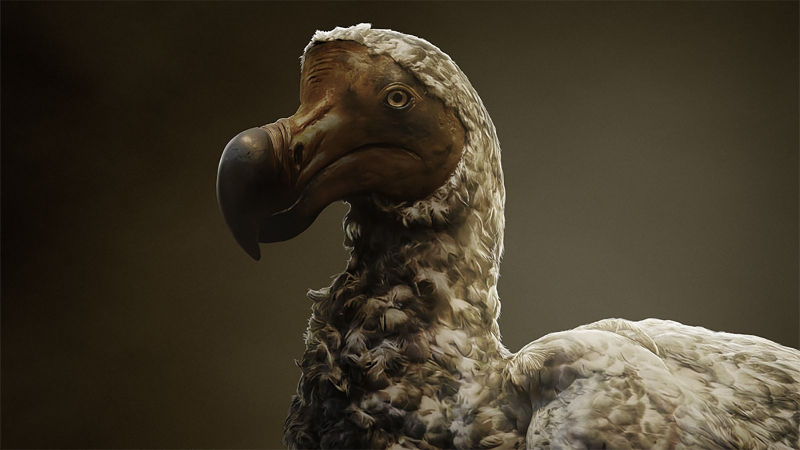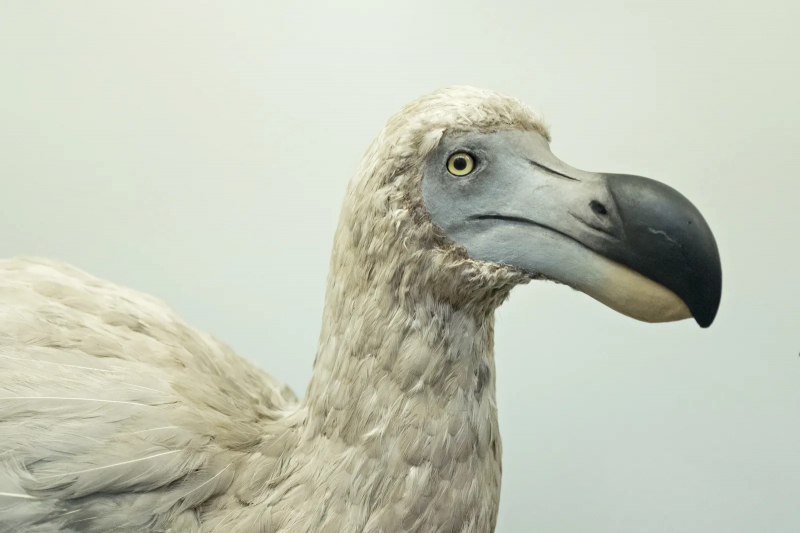Dodo
The dodo, a now-extinct flightless bird, holds a special place in the annals of natural history as an emblem of human-induced extinction. Native to the island of Mauritius in the Indian Ocean, the dodo (Raphus cucullatus) became an unwitting victim of the Age of Exploration, ultimately disappearing from the face of the Earth.
The dodo, standing about three feet tall and characterized by a large, hooked beak, small wings, and a plump, ungainly body, was first encountered by Dutch sailors in the late 16th century. Unaccustomed to human presence and without natural predators on the isolated island of Mauritius, the dodo exhibited a lack of fear towards humans, a trait that would prove detrimental to its survival.
The dodo's flightlessness and trusting nature made it an easy target for sailors and the animals they introduced, such as rats, pigs, and monkeys. These invasive species wreaked havoc on the dodo's eggs, chicks, and habitat, leading to a rapid decline in its population. Additionally, human exploitation and habitat destruction contributed to the demise of the dodo.
By the mid-17th century, just a few decades after its discovery, the dodo had vanished from Mauritius. Due to the absence of proper documentation and the limited number of specimens collected, much of what is known about the dodo comes from historical accounts, sketches, and a few scattered remains. The extinction of the dodo is often considered one of the earliest documented cases of human-driven extinction, serving as a stark reminder of the impact that human activities can have on vulnerable species.
The dodo has become an iconic symbol of extinction and is often depicted in popular culture, literature, and art. Its name is synonymous with the tragic loss of biodiversity and the consequences of human actions on vulnerable ecosystems.

















